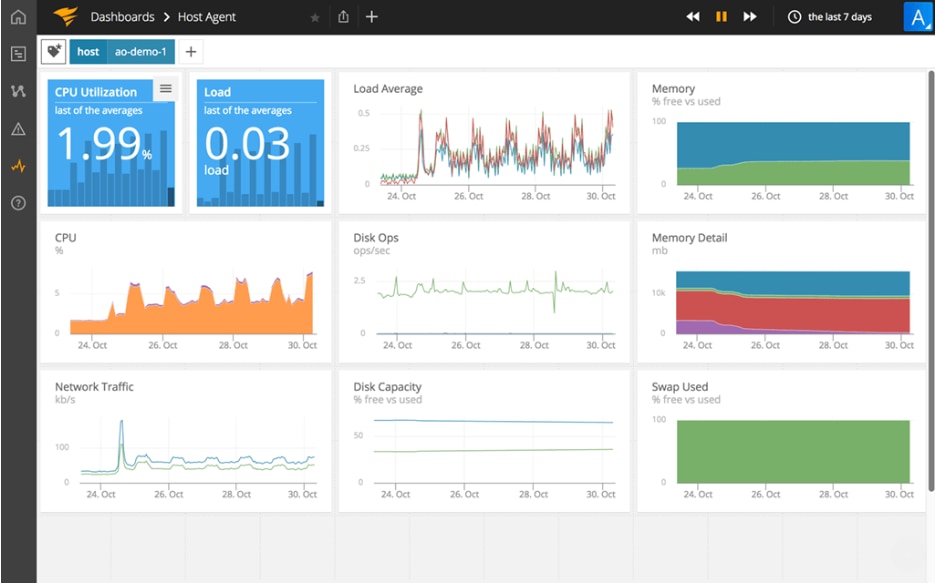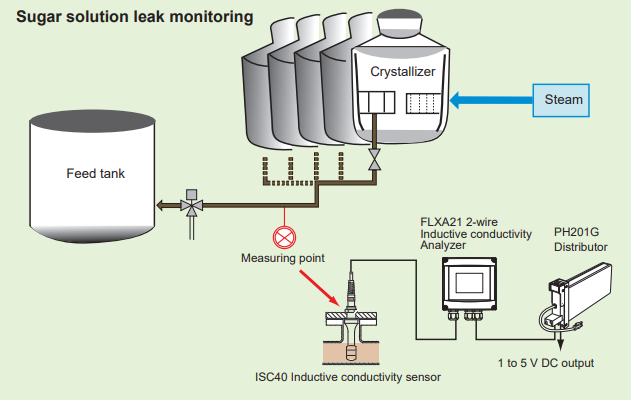

Programming languages/frameworks supported (Python, Node.js, AngularJS, Java, Ruby, etc.)Ī side-by-side comparison of APM tools should quickly reveal which feature-sets are essential for your organization.Advanced alerting and reporting options.The alignment between business objectives and IT investment needs to be closer than ever, which is why it’s not only important to list, review, and compare multiple APM tools within your department, but to also have other departments audit them as well, ensuring that the tool you select meets your organization’s requirements. Your IT environment consists of a mix of platforms, operations systems, applications, networks, etc. However, the primary goal is to find a comprehensive tool that is focused on enhancing the end-user experience. Further down in the article, we list the top APM tools in the market, along with a comparison of their key features and benefits. There are a lot of application performance management tools on the market today, and no two are created the same. An organization’s top priority should be to ensure that their applications are running at their peak efficiency – with minimal downtime – and APM (Application Performance Management) tools are essential in enhancing the user experiences. No one wants a disappointing user experience.
WEB APPLICATION MONITORING SOFTWARE
From processing loan applications to e-commerce platforms to web apps and third-party connections, organizations today need to take the time to be sure that all the software and applications in their stack, are accessible and performing smoothly. Monitoring metrics and quotas associated with services on Azure.Regardless of your organization’s industry or vertical, today’s customer is shaping the demand for application monitoring tools. Collecting front-end and back-end telemetry for an application deployed on Azure.ģ. Instrumenting a web application for monitoring telemetry.Ģ. Other relevant use cases for the application monitoring include:ġ. It is a tool in the Azure portal used to edit and run log queries with data in Azure Monitor Logs. Azure monitor collects the monitoring data for Application, Guest OS, Azure resources, Azure subscription and Azure Tenant.Ī. Azure Monitor collects data (logs and metrics) from various sources and performs actions such as analysis, alerting, and streaming to external systems.Ĭ. It is a comprehensive solution for collecting, analyzing, and acting on telemetry from your cloud and on-premises environmentsī.
It will automatically detect performance anomalies, and includes powerful analytics tools to help you diagnose issues and to understand what users actually do with your app.Ī. Use it to monitor your live applications.Ĭ. An extensible Application Performance Management (APM) service for developers and DevOps professionals.ī. Supports automated deployments from GitHub, Azure DevOps, or any Git repo.Ī. Offers auto scaling and high availabilityĬ. Platform as a Service (PaaS) to build and host web apps, mobile back ends, and RESTful APIs in the programming language of your choice.ī. The above diagram uses the following services/tools in AzureĪ. Developers and administrators can review health, performance, and usage information. Log Analytics collects and analyzes logs and metrics.Ĩ. Azure Monitor collects and analyzes infrastructure metrics ( numerical values that are collected at regular intervals to monitor health system on certain aspects) and quotas.ħ. Azure SQL Database emits telemetry (data on usage and performance).Ħ. Developers and administrators can review health, performance, and usage information.ĥ.

Application Insights collects and analyzes application health, performance, and usage data.Ĥ. The browser and app service emit telemetry (data on usage and performance).ģ. A user interacts with the application (hosted in Azure App Service ) via browser.Ģ. The data flows through the scenario as follows (refer above diagram):ġ.


 0 kommentar(er)
0 kommentar(er)
